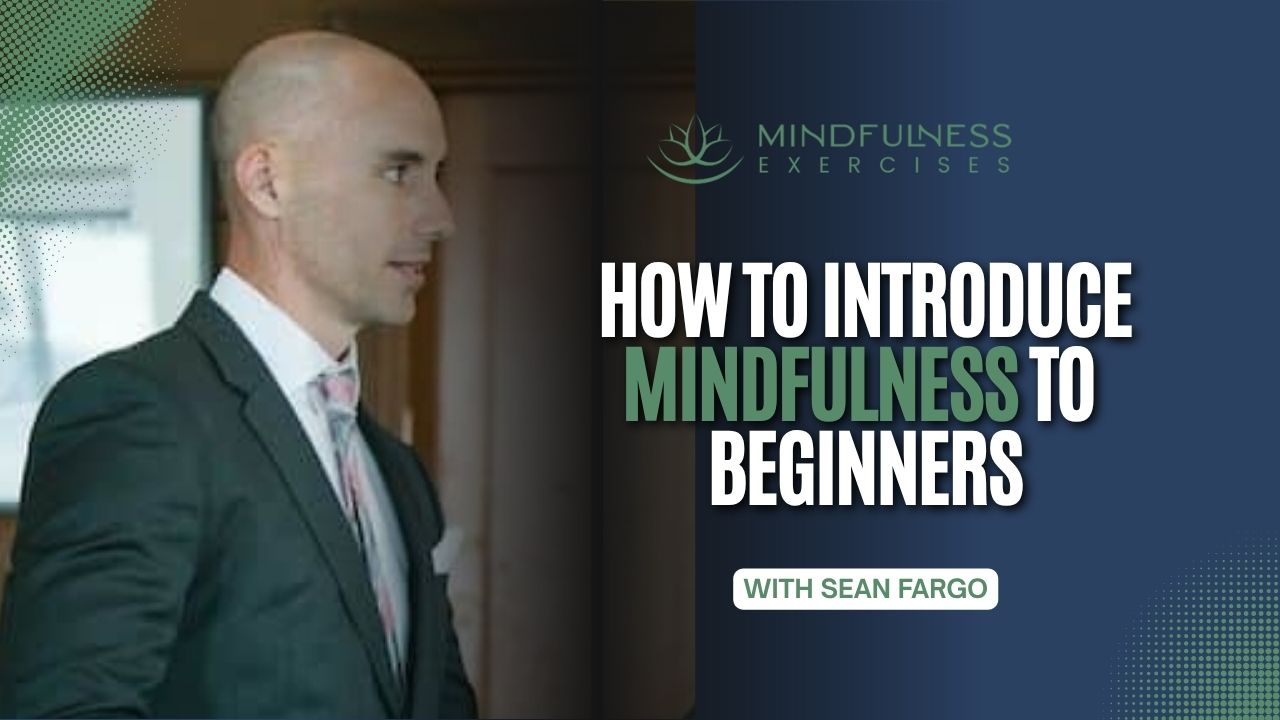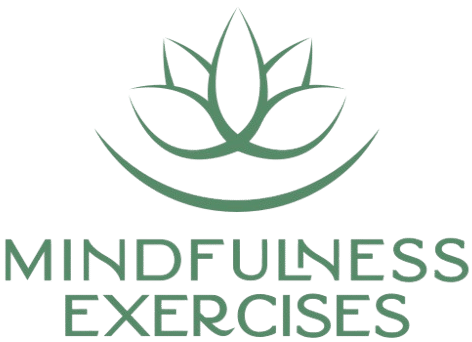Listen now

Introducing mindfulness to beginners can feel daunting — but it doesn’t have to be. In this episode, Sean Fargo shares his personal journey and practical strategies for offering mindfulness in a way that is grounded, accessible, and free of jargon. Rather than starting with neuroscience or abstract definitions, Sean encourages teachers to begin with experience — helping people simply notice the sensations in their bodies, and from there, opening the door to deeper understanding.
This talk offers a compassionate and skillful approach to demystifying mindfulness, particularly helpful for mindfulness teachers, facilitators, and anyone guiding others on the path of presence.
Sponsored by our Mindfulness Meditation Teacher Certification Program
MindfulnessExercises.com/Certify
What You’ll Learn in This Episode:
Show Notes:
Why it’s better to start with experience, not explanation
Sean emphasizes that while it’s tempting to begin with theories, definitions, or benefits of mindfulness, what resonates most with beginners is simply doing a short, accessible practice. When people actually notice the feeling of their feet on the ground or the rise and fall of the breath, they begin to embody mindfulness for themselves — even before they know what it’s called.
How to guide a simple sensory grounding practice
Using sensations in the feet, belly, chest, and shoulders, Sean guides listeners through a straightforward way to lead people into the present moment. This helps make mindfulness feel immediate and approachable, showing that it’s something everyone can access — without needing prior knowledge or belief.
The importance of non-judgmental awareness
Sean breaks down the often-overlooked but vital component of mindfulness: non-judgment. Many people are aware of their experience but still judge it as wrong, unpleasant, or not enough. He reminds us that mindfulness is not just awareness — it’s awareness infused with acceptance and compassion.
Why mindfulness is not about achieving outcomes
Many beginners seek calm, peace, or relaxation, but Sean cautions against using mindfulness as a means to an end. Instead, he invites us to stay with the process — simply noticing what’s happening without trying to fix it. Ironically, this non-striving approach often leads to the very outcomes people are hoping for.
How to work with difficult emotions and sensations
Rather than turning away from discomfort, mindfulness invites us to explore sensations of sadness, anger, or anxiety with curiosity. Sean discusses how to help people stay connected to physical sensations in the body — such as heaviness, tightness, or heat — without getting lost in mental stories or judgment.
The role of heart-based practices and concentration
Sean explains that cultivating heart qualities like compassion, gratitude, and forgiveness supports the non-judgmental aspect of mindfulness. Meanwhile, concentration practices such as breath counting or mantra repetition help sustain moment-to-moment awareness. Both are essential components of skillful mindfulness instruction.
Tips for teaching mindfulness safely and inclusively
From taking baby steps to inviting healthy skepticism, Sean offers practical guidance on how to introduce mindfulness to groups without overwhelming them. His message is clear: don’t rush into deep territory too soon. Let the practice unfold gradually, with safety, presence, and permission.



